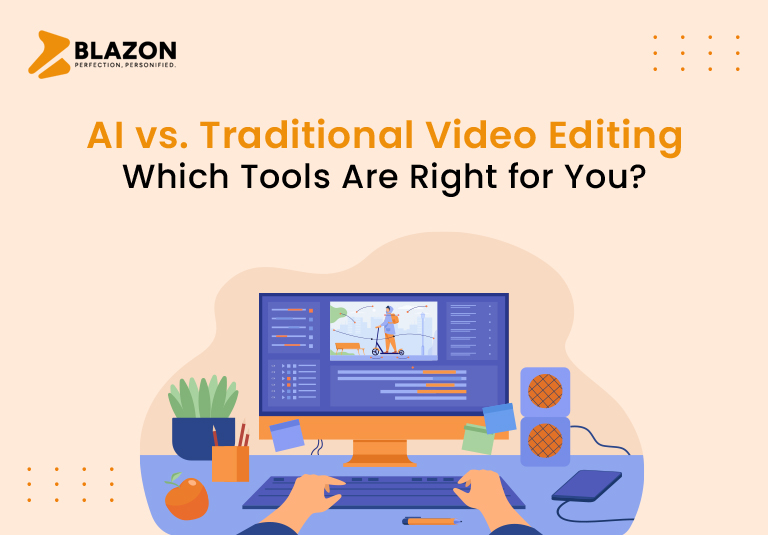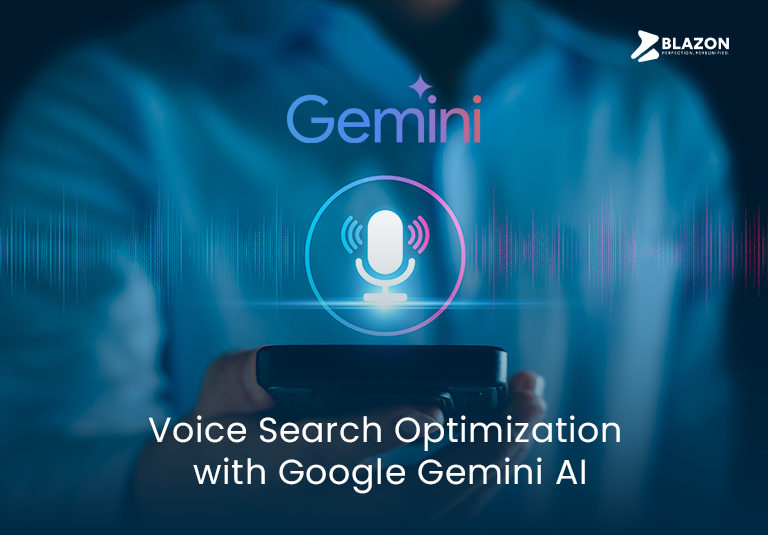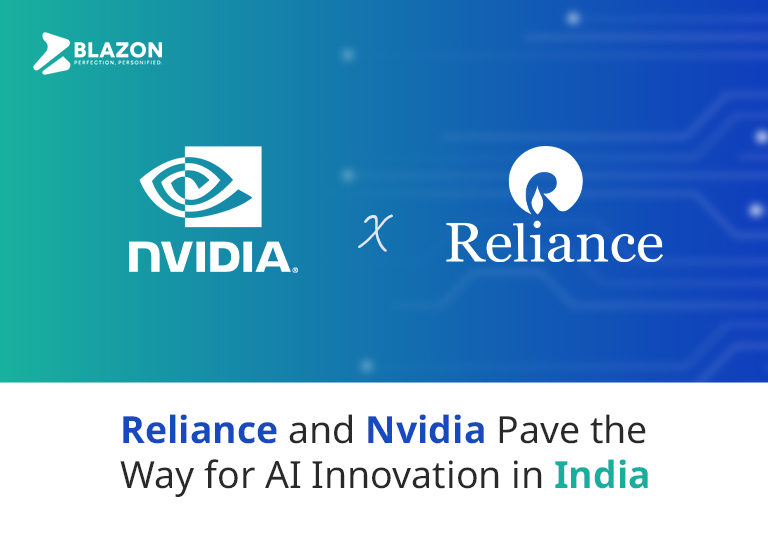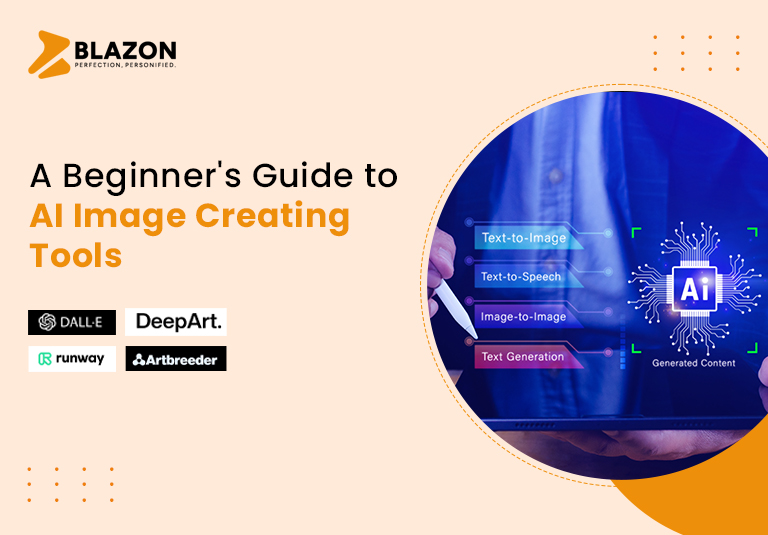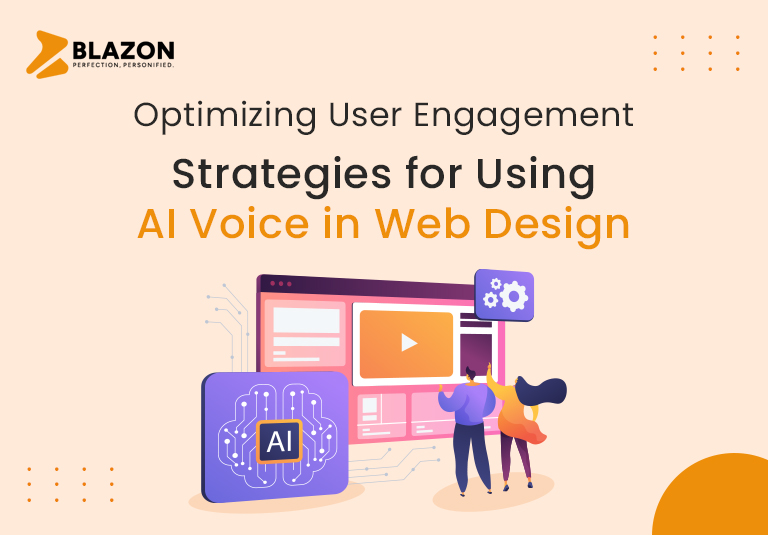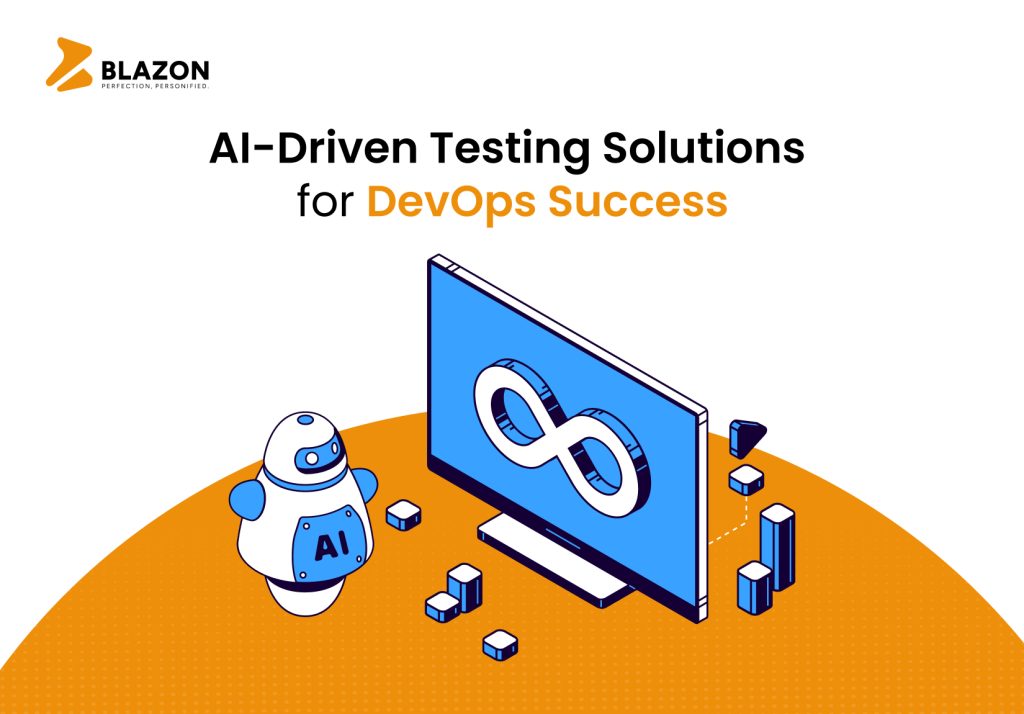Choosing between AI-powered video editing tools and traditional editing software can feel like standing at a crossroads, each path leading to a different destination. Both have their unique charms and challenges. Let’s walk through this together, exploring which tools might suit you best, whether you’re a seasoned editor or just starting.
The Magic of AI Video Editing
AI video editing tools bring a touch of magic to the editing process. Imagine a tool that can watch your footage, understand it, and suggest the best cuts and transitions.
Here’s a closer look at what makes AI editing so compelling:
#1 Speed and Efficiency
One of the standout features of AI tools is their ability to handle repetitive tasks with lightning speed. Have hours of footage? An AI tool can sift through it, find the highlights, and assemble a basic edit in a fraction of the time it would take manually. This leaves you more room to get creative and less time bogged down by drudgery.
#2 Examples of AI Video Editing Tools
- Magisto: Uses AI to create engaging videos with minimal effort, perfect for social media content.
- Pictory: Transforms text into video content, making it ideal for bloggers and content marketers.
- Lumen5: Converts blog posts into engaging videos using AI-driven templates and animations.
#3 Smart Suggestions
AI tools don’t just stop at cutting clips. They can also suggest transitions, music, and even effects based on the content. Editing a family vacation video? The AI might suggest cheerful music and smooth transitions that reflect the happy mood. It’s like having a helpful assistant who knows your style.
#4 User-Friendly Design
Many AI tools are built with simplicity in mind, perfect for those who might find traditional software intimidating. With easy drag-and-drop features and ready-made templates, even beginners can produce professional-looking videos. This opens up video creation to a broader audience, allowing more people to share their stories visually.
The Power of Traditional Video Editing
On the other side, traditional video editing software like Adobe Premiere Pro, Final Cut Pro, and DaVinci Resolve offers a treasure trove of features for those who need more control.
Let’s delve into why these tools remain favorites among professionals:
#1 Precision and Control
Traditional software gives you complete control over every detail of your edit. Want to tweak a transition down to the millisecond? No problem. Need to adjust the color grading to get the perfect cinematic look? You’ve got it. This level of detail is crucial for projects where every frame counts, like in films or commercials.
#2 Examples of Traditional Video Editing Tools
- Adobe Premiere Pro: Industry-standard software known for its comprehensive features and integration with other Adobe products.
- Final Cut Pro: A favorite among Mac users, offering powerful editing capabilities with a user-friendly interface.
- DaVinci Resolve: Known for its exceptional color grading tools, it’s a top choice for professionals in film and television.
#3 Advanced Capabilities
These programs come packed with advanced features that can take your videos to the next level. From intricate audio editing to sophisticated special effects, the possibilities are endless. Plus, the ability to integrate third-party plugins means you can customize your toolkit to suit any project’s needs.
#4 Learning and Mastery
While traditional software can be complex, mastering it can be incredibly rewarding. It might take time and effort, but the skills you gain are invaluable, especially if you’re considering a career in video editing. Many professionals find that the steep learning curve is worth the depth of creativity and control they achieve.
Which Should You Choose?
Deciding between AI and traditional tools comes down to what you need and what you’re comfortable with.
Here are some things to consider:
#1 Simplicity vs. Complexity
If your projects are straightforward—like social media videos or simple vlogs—AI tools might be all you need. They’re quick, easy to use, and can produce great results without much fuss. For more complex projects that require a lot of fine-tuning, traditional software is likely the better choice.
#2 Experience Level
For beginners, AI tools can be a fantastic way to start editing without feeling overwhelmed. They let you dive in and create without needing a lot of prior knowledge. Experienced editors, however, might prefer traditional tools for their depth and versatility.
#3 Time and Budget
AI tools can save a lot of time, making them ideal for those with tight deadlines. They also tend to be more affordable, often available through subscription models that lower upfront costs. Traditional software, while more expensive, offers a more comprehensive set of features that justify the investment for serious editing work.
#4 Real-Life Examples
To make this more tangible, let’s look at a few examples:
Example 1: The Daily Vlogger
Imagine you’re a daily vlogger who needs to churn out content quickly. An AI editing tool like Magisto can help you by automatically cutting your footage, adding transitions, and suggesting music. This means you can focus on filming and engaging with your audience, rather than spending hours in the editing room.
Example 2: The Indie Filmmaker
As an indie filmmaker, you’re working on a short film with complex scenes and detailed storytelling. Traditional software like Adobe Premiere Pro gives you the control you need to perfect every cut, adjust color grading, and mix the audio just right. The time and effort you invest are crucial for achieving your artistic vision.
Example 3: The Marketing Team
A marketing team is preparing a series of promotional videos for a product launch. They might use AI tools like Lumen5 to quickly generate rough cuts and drafts, saving time on initial edits. Once the rough edits are ready, they switch to traditional software like Final Cut Pro for fine-tuning and adding professional touches, ensuring the final product is polished and on-brand.
Last Line
In the end, you might find that a combination of both AI and traditional tools works best for you. Use AI to handle the tedious tasks and speed up your workflow, then switch to traditional software for detailed editing and creative control. This hybrid approach can give you the best of both worlds, making your editing process efficient and effective.
Choosing the right video editing tools is about finding what works for you and your projects. Whether you’re drawn to the simplicity and speed of AI or the depth and precision of traditional software, there’s a perfect tool out there to help you bring your vision to life.

